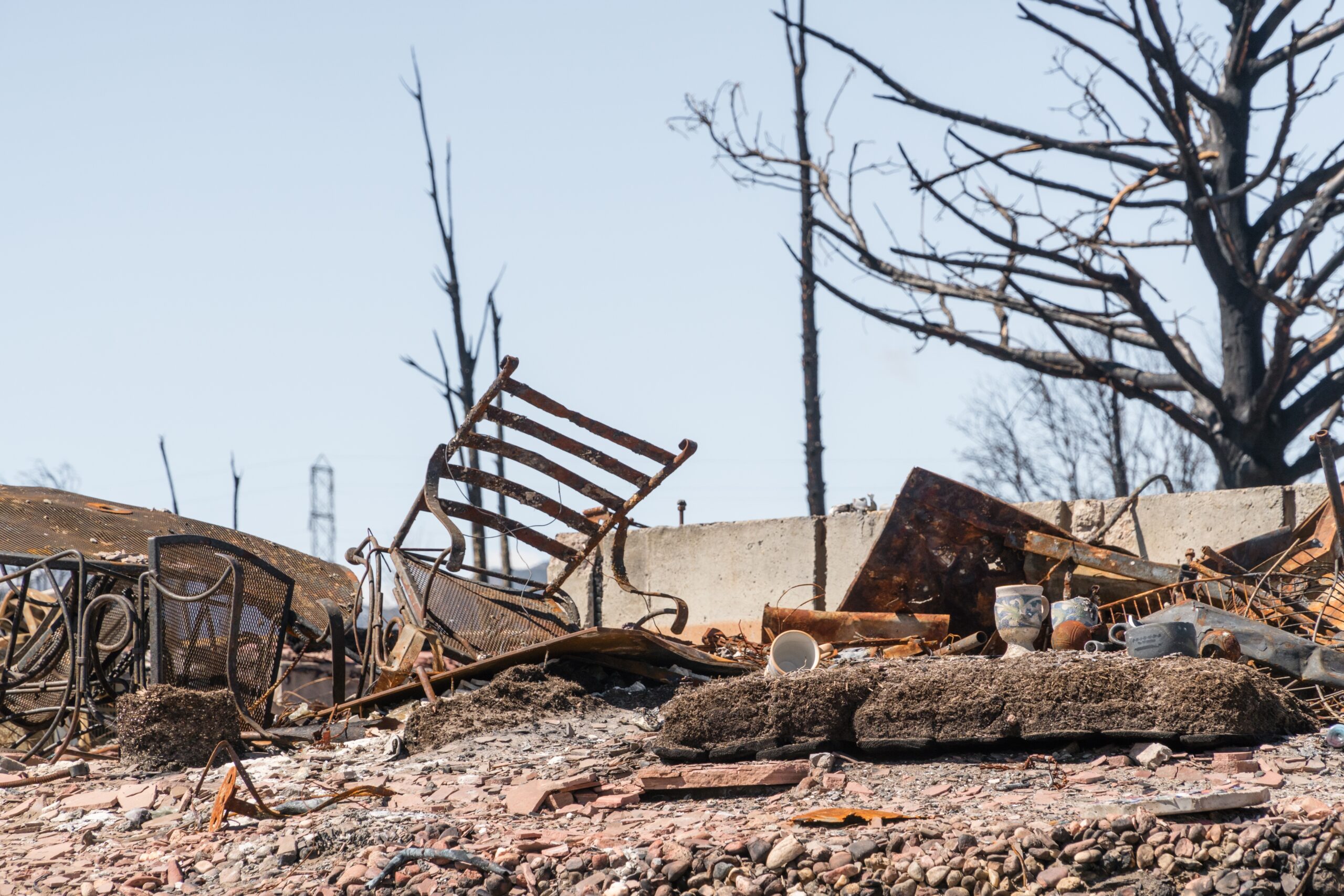More than 18,000 structures were burned in Los Angeles County in January. The greatest losses were in the Pacific Palisades and Altadena. While updating the recovery “progress” more than three months ago, Los Angeles Mayor Karen Bass vowed that she was “committed to rebuilding” this community at “lightning speed.”
“I just announced Palisades residents can obtain original building plans for their lost homes at the LA One-Stop Rebuilding Center,” she posted on X in early March. “This is another way we are cutting red tape & keeping our commitment to doing everything we can to rebuild the Palisades as fast as possible.”
The One-Stop Permit Centers are designed “to help guide residents through the rebuilding process, answer any questions they have and connect them with each of the building and planning departments responsible for their area.” But they can accomplish only so much because multiple permits from a variety of departments are still required. Interaction with the bureaucracy is inescapable.
Bass’ performative politics also included upbeat terms such “fast track,” “expedite” and “ASAP” to show just how serious she is about rebuilding. She even claimed on April 30 that “L.A.’s recovery effort is on track to be the fastest in modern California history.”
Not a week into a catastrophe that unfolded over more than three weeks, Gov. Gavin Newsom said once “the fires are extinguished, victims who have lost their homes and businesses must be able to rebuild quickly and without roadblocks.” He signed an executive order he swore would “help cut permitting delays, an important first step in allowing our communities to recover faster and stronger.”
Newsom complained in March that “the current pace of issuing permits locally is not meeting the magnitude of the challenge we face,” so his office launched a “new AI tool to supercharge the approval of building permits.”
So after so many oaths were sworn and rosy assurances dispensed PEZ-like, where are we now, as June turns to July? In roughly the same place as we were when the fires were finally put out. As of June 19, the county’s permit progress dashboard showed that 31 building permits had been approved (just one of those in the Palisades) out of 842 received applications. The average turnaround time is 45 business days. Construction completions were zero. Seventy-one applications for temporary housing had been received, 31 had been approved and only four set up.
Not even the hiring of a recovery czar, who left in April and was replaced by Illinois-based consulting firm “that specializes in disaster response, to provide ‘full project management’ of the recovery,” reports the Los Angeles Times, has been enough to break through the bureaucratic morass.
Despite the promises, and the creation of one-stop centers, the virtually lifeless response from those who actually control the process is exactly what should have been expected. Victims trying to rebuild are “paralyzed by heaps of post-fire paperwork” which eats up precious hours and wears them down, adds the Times. Then, after “navigating confusing web portals, frustrating phone-tree systems and other soul-crushing bureaucracy,” they’re still no closer than they were to recovering what was lost.
“It should not be difficult to get a permit,” Los Angeles County Supervisor Kathryn Barger, whose district includes Altadena, said in March. She also suggested that “If you’re not part of the solution, get out of the way.”
Bureaucracies, though, tend to operate “in the way,” and rarely with a sense of urgency. Government administrators are inclined to serve their own interests. The directives from their superiors, the elected officials who supposedly determine the bureaucratic mission, are routinely ignored and replaced with red tape. They’re not forced to increase their productivity by competition nor are they motivated by the profit motive. It’s not often they are held to account for their negligence and failures.
To complete all rebuilds by July 2029, an Urban Land Institute report reckons that by early next year the permitting capacity needs to be ramped up to 250 to 350 “residences per month for each of the two wildfire areas.” This means construction needs to start next year in 60% to 70% of the homes. It’s a gross understatement to mention that a lot needs to happen fast. Truth is, a lot needs to happen faster than ever before in Los Angeles.
Kerry Jackson is the William Clement Fellow in California Reform at the Pacific Research Institute.

